STDs That Cause Dry Skin: Causes, Symptoms, And More
Know your symptoms better and take necessary precautions before it is too late.

Image: Midjourney/ StyleCraze Design Team
Sexually transmitted diseases (STDs) mostly affect urinary and reproductive health and have other symptoms. However, there are several STDs that cause dry skin and other skin-related issues like skin inflammation and skin irritation. This is a less-obvious symptom of an STD. For instance, if you have oral herpes, you may develop dry and painful cold sores. While rashes, dryness, itching, and irritation may indicate underlying skin conditions, it may also indicate undiagnosed STDs or sexually transmitted infections (STIs). This article discusses STDs that cause dry skin and other possible causes of dry skin. Keep reading.
In This Article
What Are STDs?
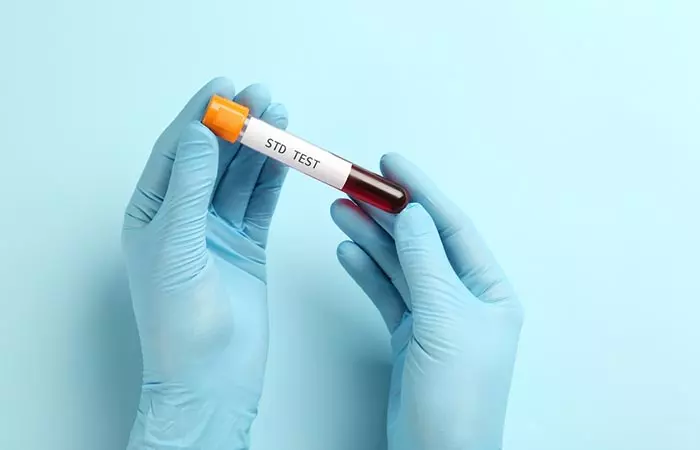
Sexually transmitted diseases (STDs) are a group of diseases that are contracted through sexual contact with another person. One can also acquire STDs through shared needles, blood transfusions, and from a mother to her child during pregnancy. HIV AIDs, herpes, syphilis, gonorrheai A sexually transmitted bacterium infection in both males and females affecting the urethra, rectum, throat, or cervix. , chlamydia, etc. are a few STDs people may develop. They are divided into two categories: curable and incurable STDs. Diseases such as HIV-AIDs, and herpes, currently have no cure and rely on reduction and management of symptoms. STDs such as syphilis and chlamydiai A common sexually transmitted infection among both men and women and can permanently damage the reproductive system in women. can easily be treated by administering antibiotics. While each STD has a different set of symptoms, all of them have a few symptoms in common which we will read about in the next section.
According to the data available from CDC, more than 2.5 million cases of chlamydia, gonorrhea, and syphilis were reported in 2021. A total of 1,644,416 cases of chlamydia, 710,151 cases of gonorrhea, and 176,713 cases of syphilis were reported in 2021.
 Did You Know?
Did You Know?Key Takeaways
- Sexually transmitted diseases (STDs) are contracted through sexual contact with another person or blood transfusions, resulting in genital discharge, painful urination, and drastic weight loss.
- Herpes and HIV-AIDS are some STDs that may cause dry and flaky skin.
- Jock itch or psoriasis are some other skin disorders that may cause dry skin.
- Understanding the connection between STDs and skin problems like dryness can allow earlier consultations with doctors, leading to better treatment for both skin and sexual health.
Symptoms Of STDs
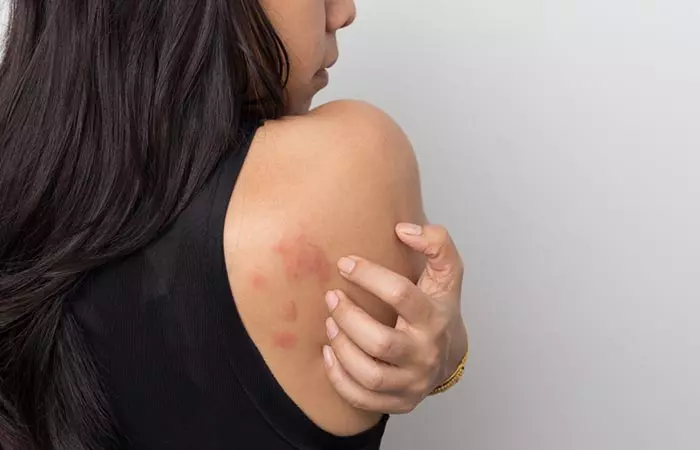
While it is possible to develop an STD without showing symptoms, here are some of the most common symptoms that are noticeable and easy to diagnose (1), (2):
- Painful urination
- Weight loss
- Fever
- Genital ulcers
- Genital swelling
- Genital discharge
- Body rash
- Skin infections
Now that you know the more easily identifiable symptoms of STDs, let’s read about the STDs that cause itching and dry skin rashes.
STDs That Cause Dry Skin
- Herpes
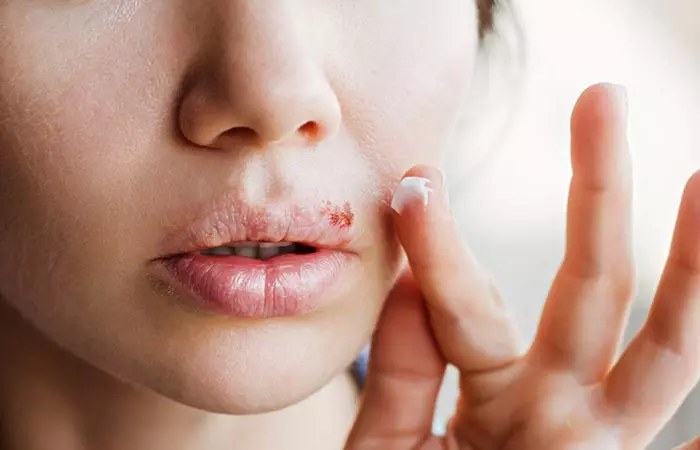
People diagnosed with herpes are at a higher risk of developing eczema herpeticum (3). Eczema herpeticum is a skin condition caused by the herpes simplex virus. This results in a person developing dry, itchy blisters all over their face and neck. Cold sores are another symptom of herpes on the skin, characterized by red, painful blisters around the mouth. If you also experience fever and weight loss, it is strongly advised you seek medical attention immediately. Your doctor may prescribe antiviral medication to keep the symptoms under control.
 Did You Know?
Did You Know?- Syphilis
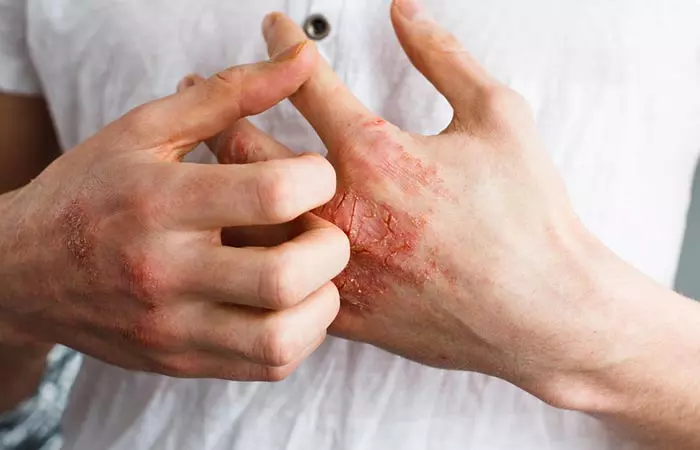
The second stage of syphilis results in a person developing dry skin rashes on the hands, soles, and chest (4), (5). Syphilis is caused by the Treponema Pallidum bacterium which can be contracted through either sexual contact or vertical transmission during pregnancy. If you have other symptoms such as a sore throat or a headache, you might want to get an STD test done to be safe. Syphilis is one of the STDs that is curable today. Since the disease is caused by a bacteria, doctors administer penicillin injections to reduce the symptoms.
- HIV-AIDs
Studies have indicated that HIV-AIDs has been associated with various skin conditions (6). One of the symptoms that have been observed is dry skin (7). It can get itchy and consequently lead to HIV rashes and impact your quality of life. AIDS is caused by the human immunodeficiency virus (HIV). It attacks the person’s immune system which increases their vulnerability to several diseases. As the disease progresses, people develop other symptoms such as fever, cold, sore throat, and weight loss.
Further, those who have STDs and skin conditions like eczema and psoriasis together can experience exacerbated skin dryness. Therefore, treating the STD becomes imperative to manage skin dryness to a great extent.
Now that you know the different STDs that cause dry skin, let us learn about the preventive measures to reduce the risk of these diseases.
Preventive Measures To Reduce STD Risk
Here are some ways to reduce the risk of developing sexually transmitted diseases.
- Contraceptives such as condoms for safe sex.
- Regular STD screenings
- Awareness about the partner’s sexual health history.
These measures can reduce the risk of exposure to STDs significantly. However, they are not completely foolproof and you may still contract STDs. In the next section, we have discussed the right time to consult a healthcare professional to diagnose STDs.
When To Consult A Doctor
If dry skin persists, it may be a sign of an undiagnosed STD. If you develop other symptoms such as fever, weight loss, and warts around the genital region, then you should get it checked by your doctor. If you are sexually active with multiple sexual partners, doing an STD screening every 6 months is the best way to be safe. Early diagnosis can help the doctor treat the disease better and maintain your skin and overall health. It will help you receive prompt treatment, reducing the risk of further health complications such as infertility and organ damage. Furthermore, it will also help prevent spreading the disease to others.
While STDs might be one of the reasons, let us explore the other possible factors of dry skin as well.
Other Potential Causes Of Dry Skin
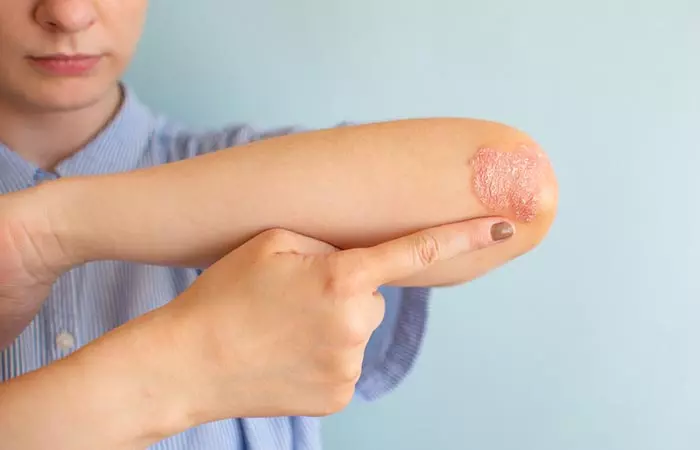
Dry skin near the genitals may not always be the indication of an STD. It can also occur due to:
- Jock itch – Also known as tinea cruris, this develops due to a yeast infection. The symptoms that develop due to this condition are red, itchy, rashes on your inner thigh and genitals.
- Psoriasis – A skin condition that causes dry, flaky patches on the face, hands, soles, neck, and other parts of the body.
- Prurigo nodularis – This is a skin disease characterized by flesh-colored nodules with a dry top all over the body.
Other conditions like lichen simplex chronicusi Also known as chronic neurodermatitis, it is a skin condition caused due to long-term itching and scratching. and seborrheic dermatitisi A skin condition that mainly affects the scalp leading to inflamed skin, dry patches, and stubborn dandruff. can also cause dry skin.
Infographic: Common Disorders That Cause Dry Skin
The underlying cause of skin dryness may be as straightforward as dehydration or as complex as an infection. Dry skin is just one of the many issues brought on by STIs. This condition may also be caused by some common skin conditions. Check out the following infographic to learn more about the common sexually transmitted diseases and skin disorders that may lead to dry skin.

Illustration: StyleCraze Design Team
Sexually transmitted diseases (STDs) are acquired through sexual contact with another person. They are also contracted through shared needles or blood transfusions. While individuals may develop STDs without visible symptoms, a few identifiable symptoms include fever, weight loss, or genital ulcers. Dry skin is another symptom to look for, and STDs that cause dry skin include HIV-AIDs, herpes, and syphilis. However, dry skin may not always be a sign of an STD and may be an underlying symptom of jock itch or psoriasis. If dry skin persists, accompanied by weight loss and genital warts, consult a doctor immediately.
Frequently Asked Questions
Where do STD rashes start?
Usually, you may observe rashes or sores around your mouth or genital areas. They may spread to other parts of your body, including the palms and the bottom of your feet.
What STD causes a rash on arms?
During the secondary stage of syphilis, you may observe rashes on your arms.
Can dry skin caused by an STD be treated at home?
No, dry skin caused by an STD cannot be completely treated at home. It is best to visit your doctor for the appropriate treatment.
Should I be concerned if I have dry skin but no other noticeable symptoms?
No, you should not be concerned if you have dry skin but no other noticeable symptoms. Dry skin is usually harmless and goes away with adequate moisturization. However, if it is accompanied by fever and sudden weight loss, consult your doctor immediately.
Can dry skin caused by an STD be treated completely?
Yes, dry skin caused by an STD can be completely treated if it is due to STDs like chlamydia, gonorrhea, and syphilis. However, if it is caused by HIV, you might need proper treatment and care to keep the dry skin and rashes under control.
Can I transmit an STD to others through contact with my dry skin?
No, you cannot transmit an STD to others through contact with your dry skin, as most STDs are spread via intercourse or genital/mouth and skin contact.
How long does it take for dry skin caused by an STD to resolve with treatment?
Anecdotal evidence suggests that it usually takes 2-4 weeks for dry skin caused by a treatable STD to go away. Consult your doctor to understand the details and duration of your treatment.
Educate yourself on common STDs and their symptoms. This video provides valuable information on sexually transmitted diseases, their symptoms, and available treatment options.
References
Articles on StyleCraze are backed by verified information from peer-reviewed and academic research papers, reputed organizations, research institutions, and medical associations to ensure accuracy and relevance. Read our editorial policy to learn more.
- Awareness and Knowledge of Sexually Transmitted Infections among Secondary School Adolescents in Ado Ekiti South Western Nigeria
https://downloads.hindawi.com/archive/2015/260126.pdf - Knowledge about sexually transmitted diseases among primary health care providers
https://www.researchgate.net/publication/295860493_Knowledge_about_sexually_transmitted_diseases_among_primary_health_care_providers - Eczema herpeticum
https://www.ncbi.nlm.nih.gov/labs/pmc/articles/PMC3520662/ - Syphilis
https://www.ncbi.nlm.nih.gov/labs/pmc/articles/PMC5809176/ - Secondary Syphilitic Lesions
https://www.ncbi.nlm.nih.gov/labs/pmc/articles/PMC544174/ - Prevalence of cutaneous disorders in a population of HIV-infected patients. Southwestern France 1996. Groupe d\’Epidémiologie Clinique du SIDA en Aquitaine
https://pubmed.ncbi.nlm.nih.gov/9801675/ - Prevalence and factors associated with dry skin in HIV infection: the FRAM study
https://www.ncbi.nlm.nih.gov/labs/pmc/articles/PMC3166536/ - Effect of human papillomavirus infection on the immune system and its role in the course of cervical cancer
https://www.ncbi.nlm.nih.gov/labs/pmc/articles/PMC4509451/
Read full bio of Dr. CP Thajudheen
Read full bio of Eshna Das
Read full bio of Anjali Sayee
Read full bio of Swathi E







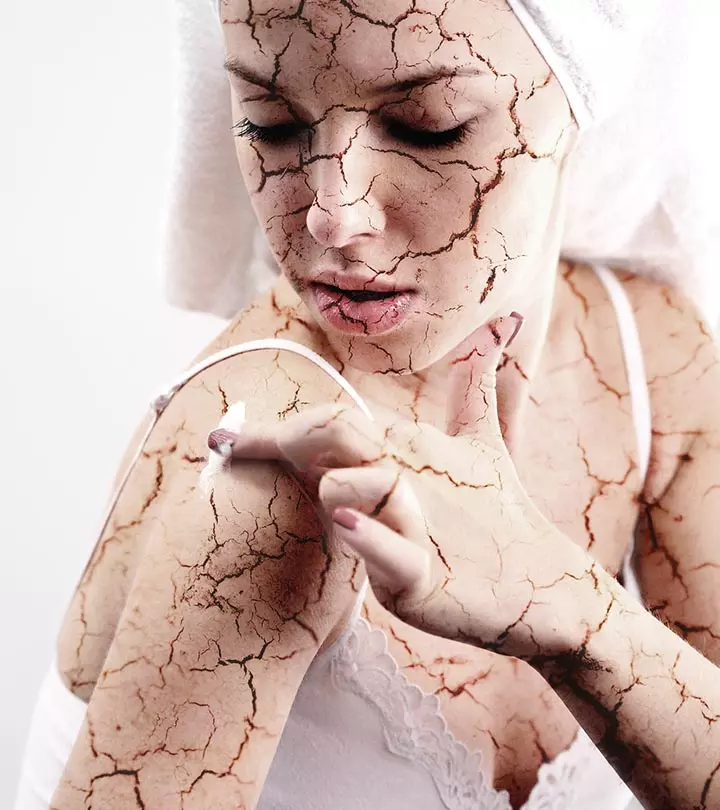
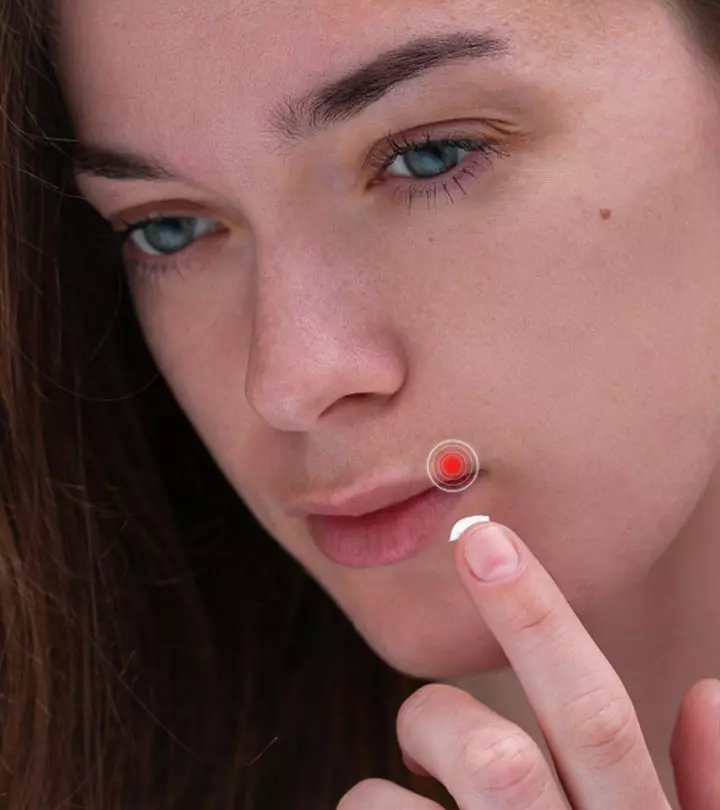
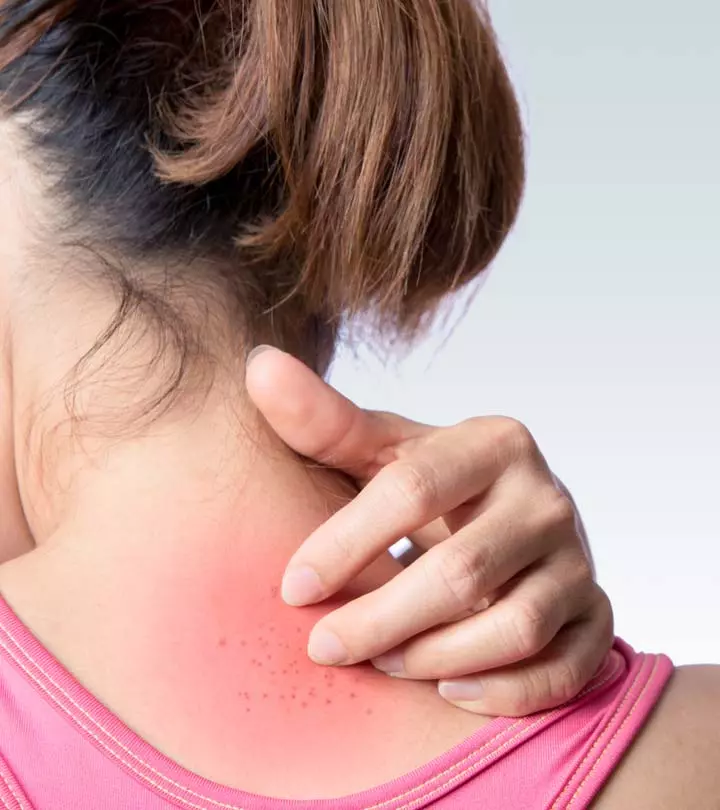
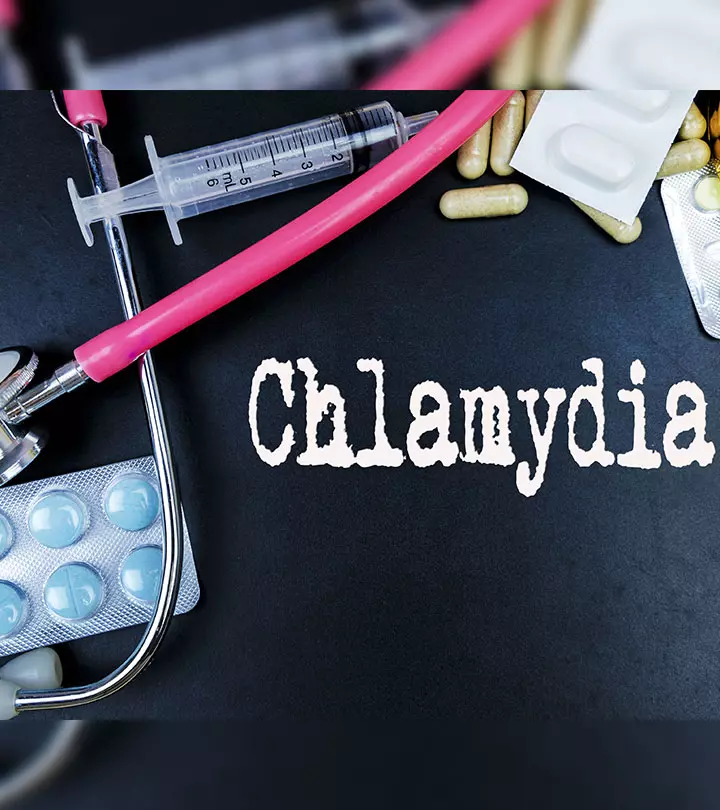
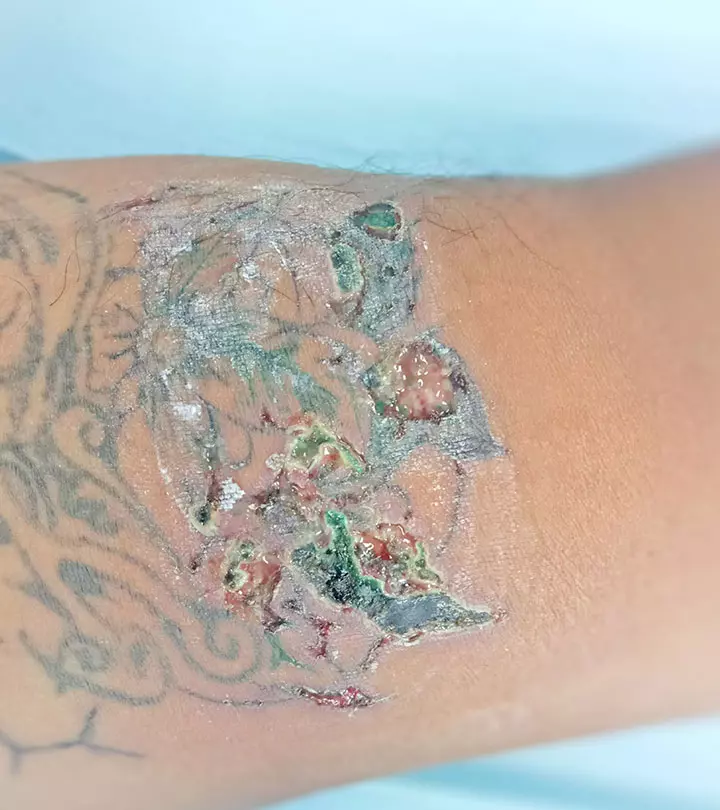
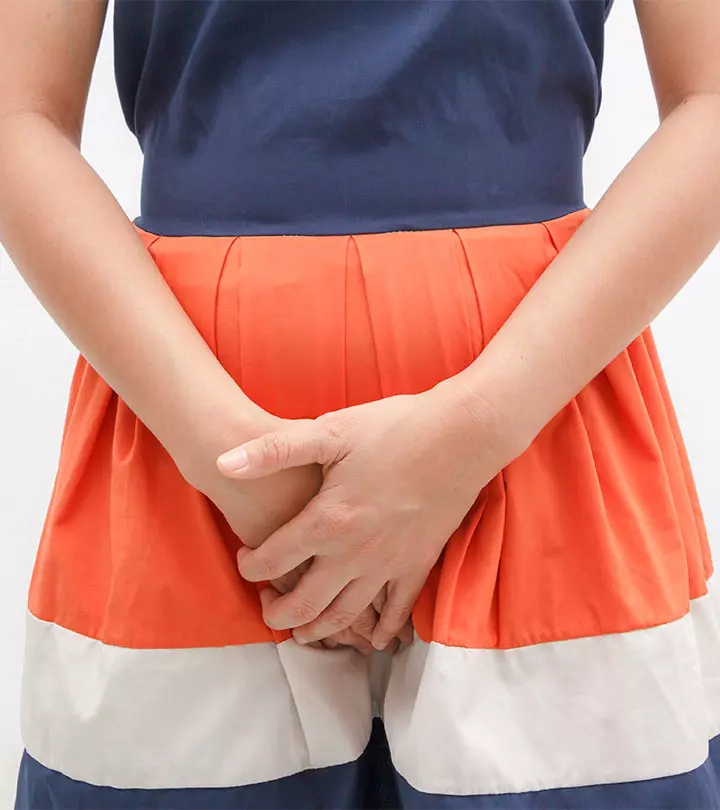


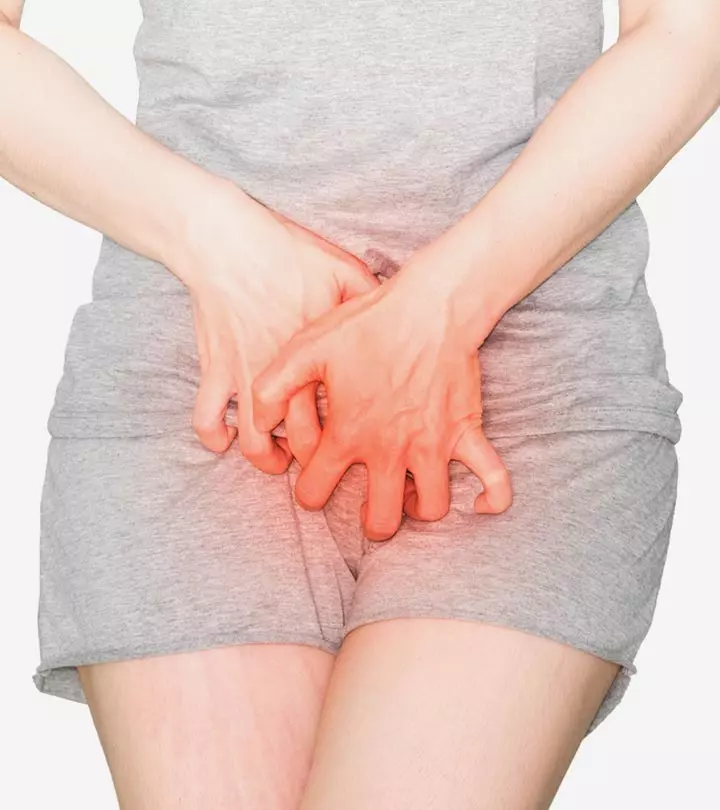
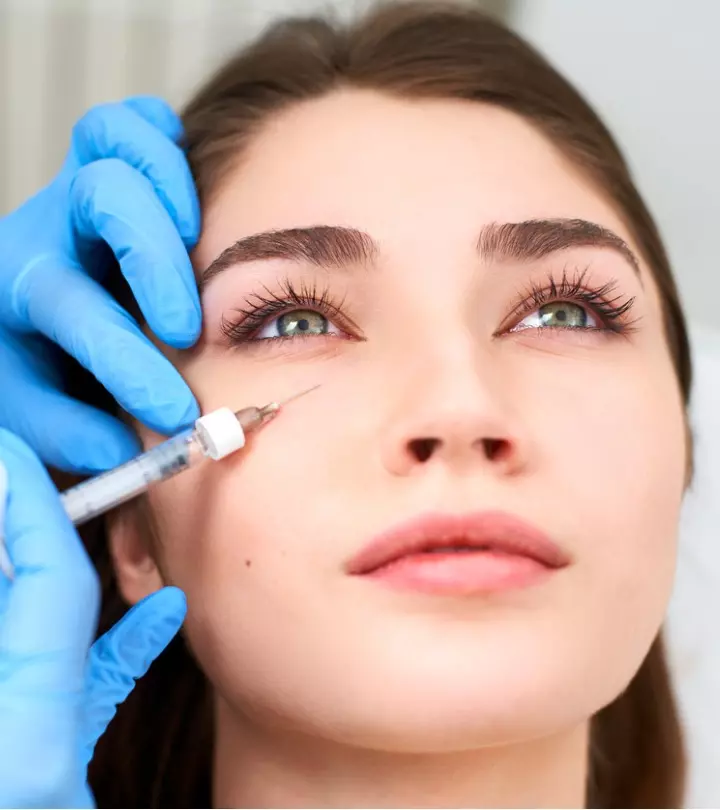
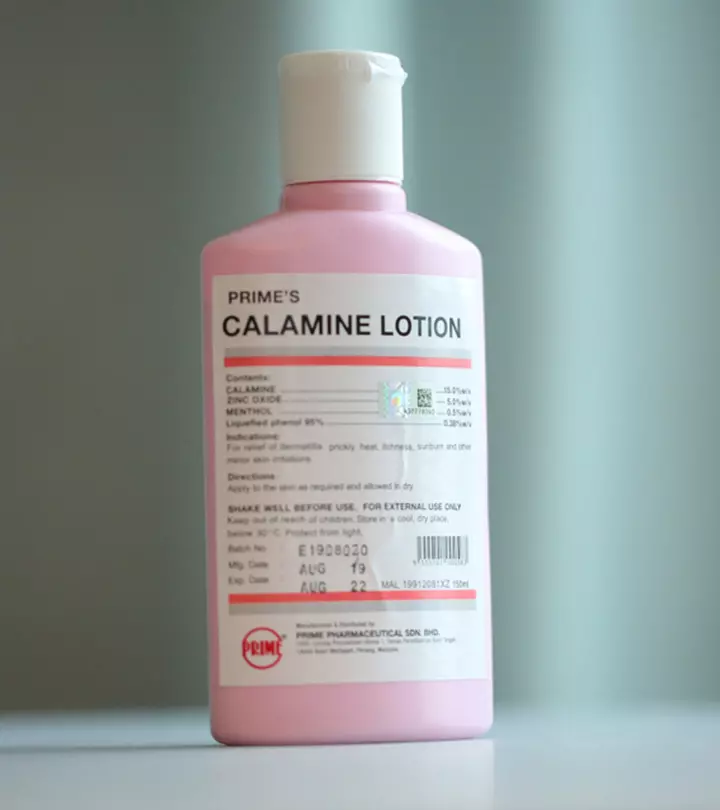



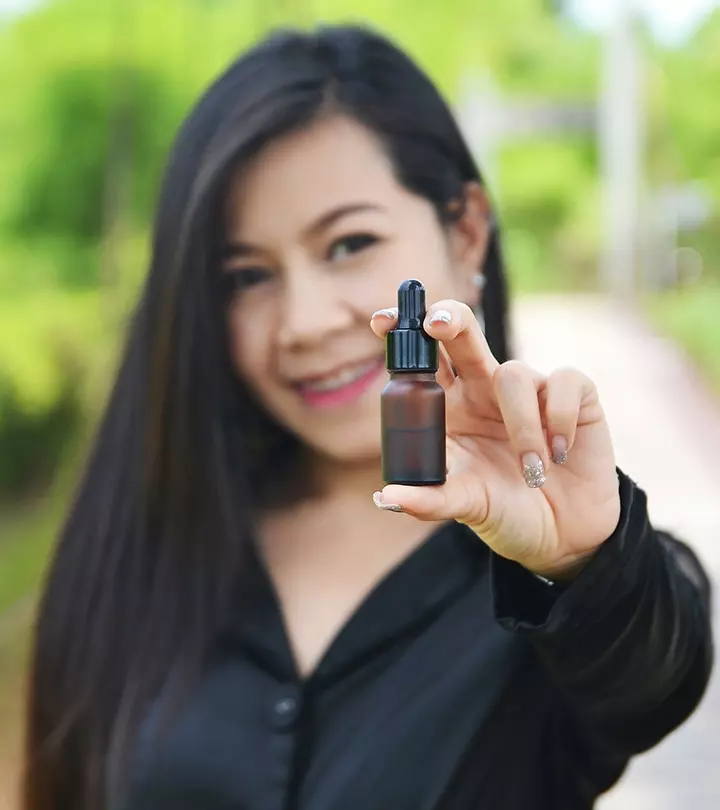

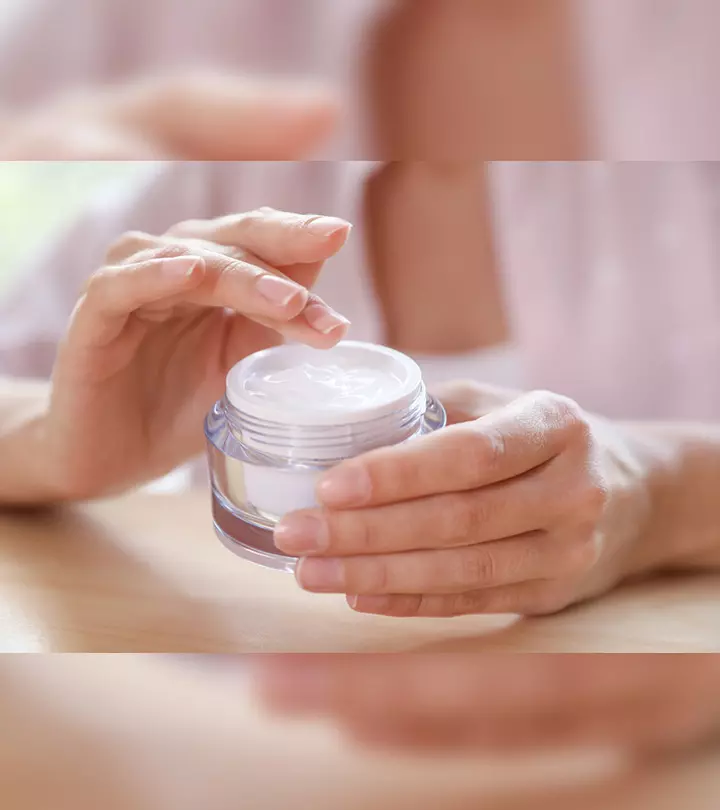




Community Experiences
Join the conversation and become a part of our empowering community! Share your stories, experiences, and insights to connect with other beauty, lifestyle, and health enthusiasts.